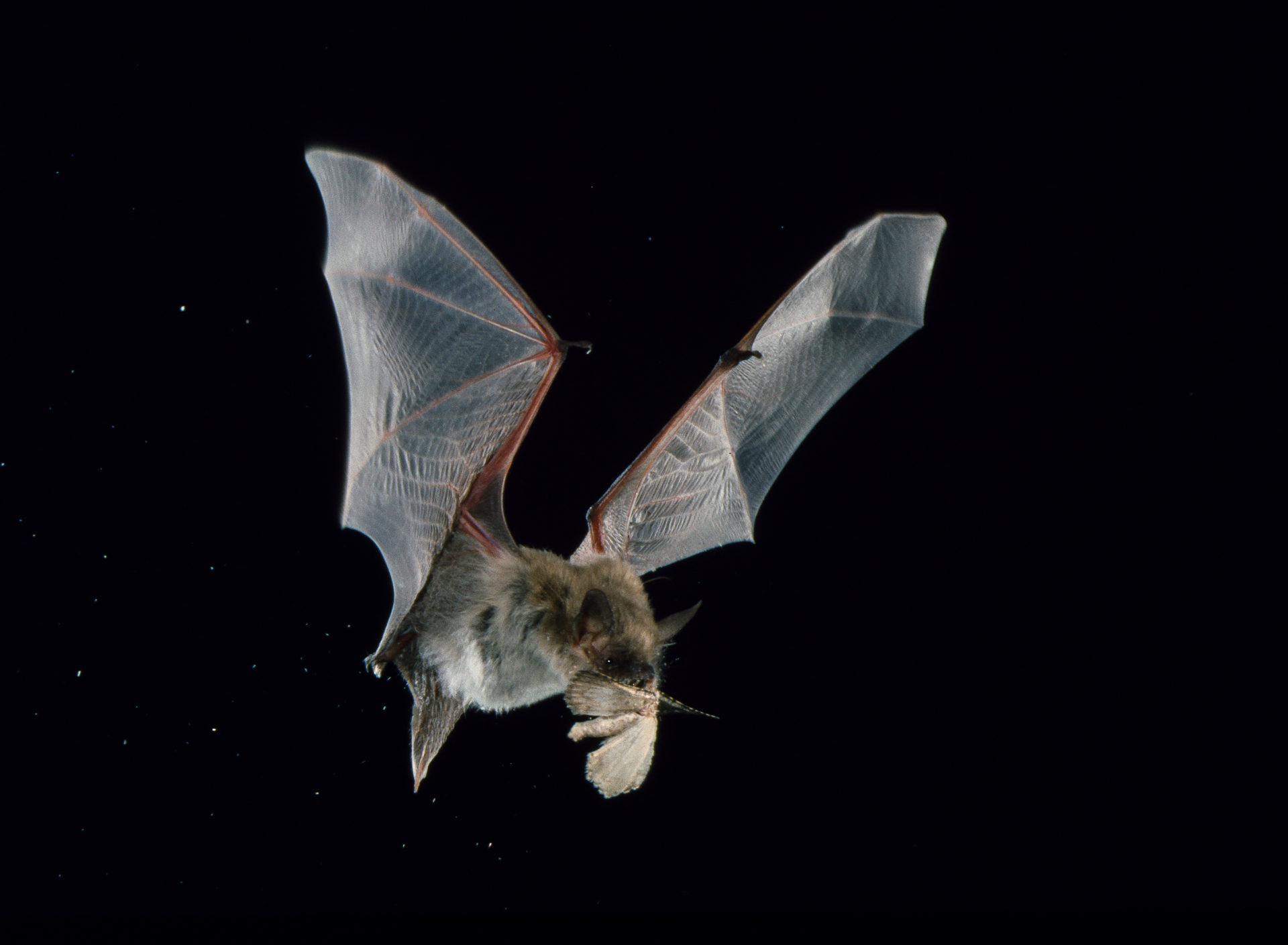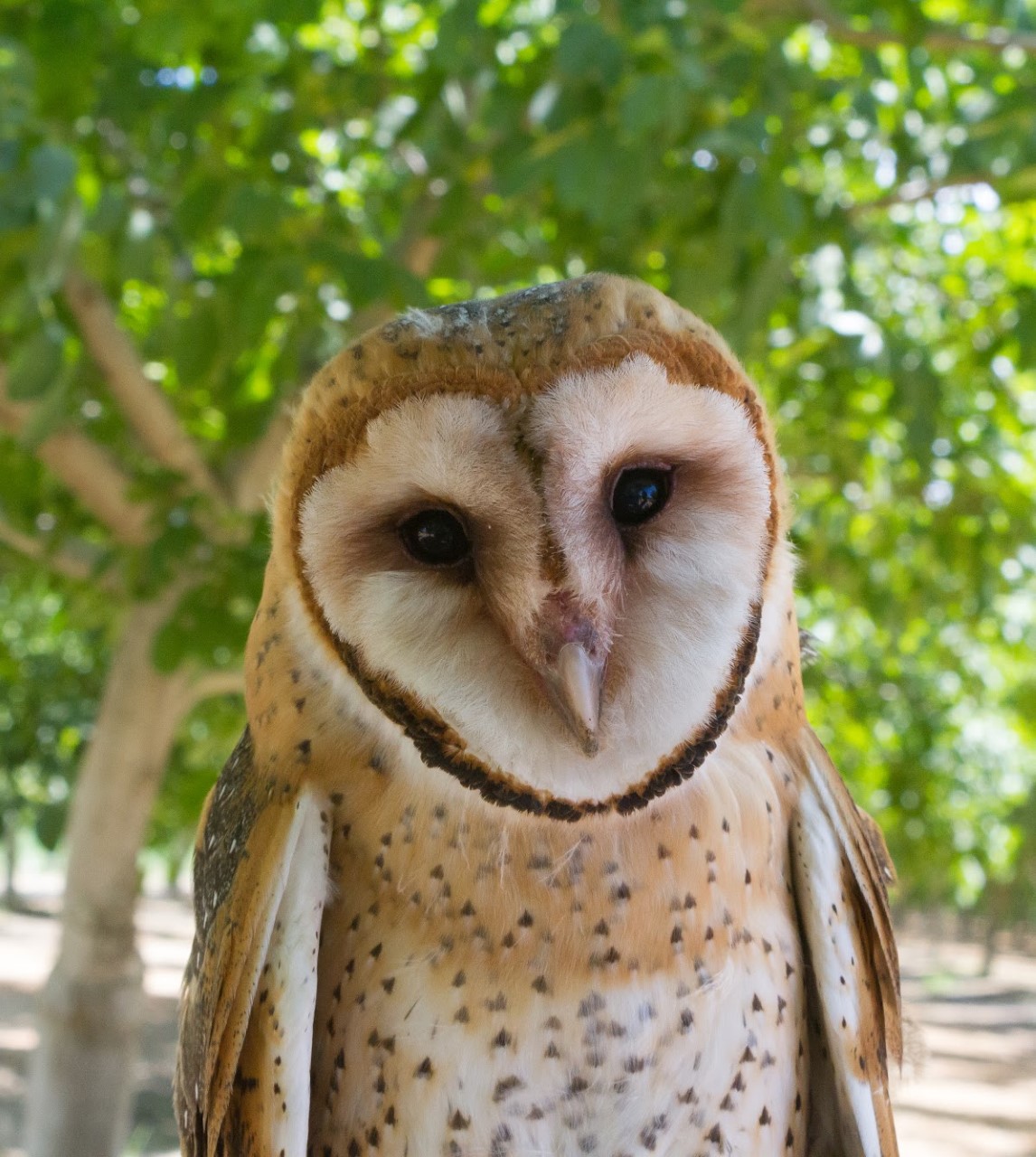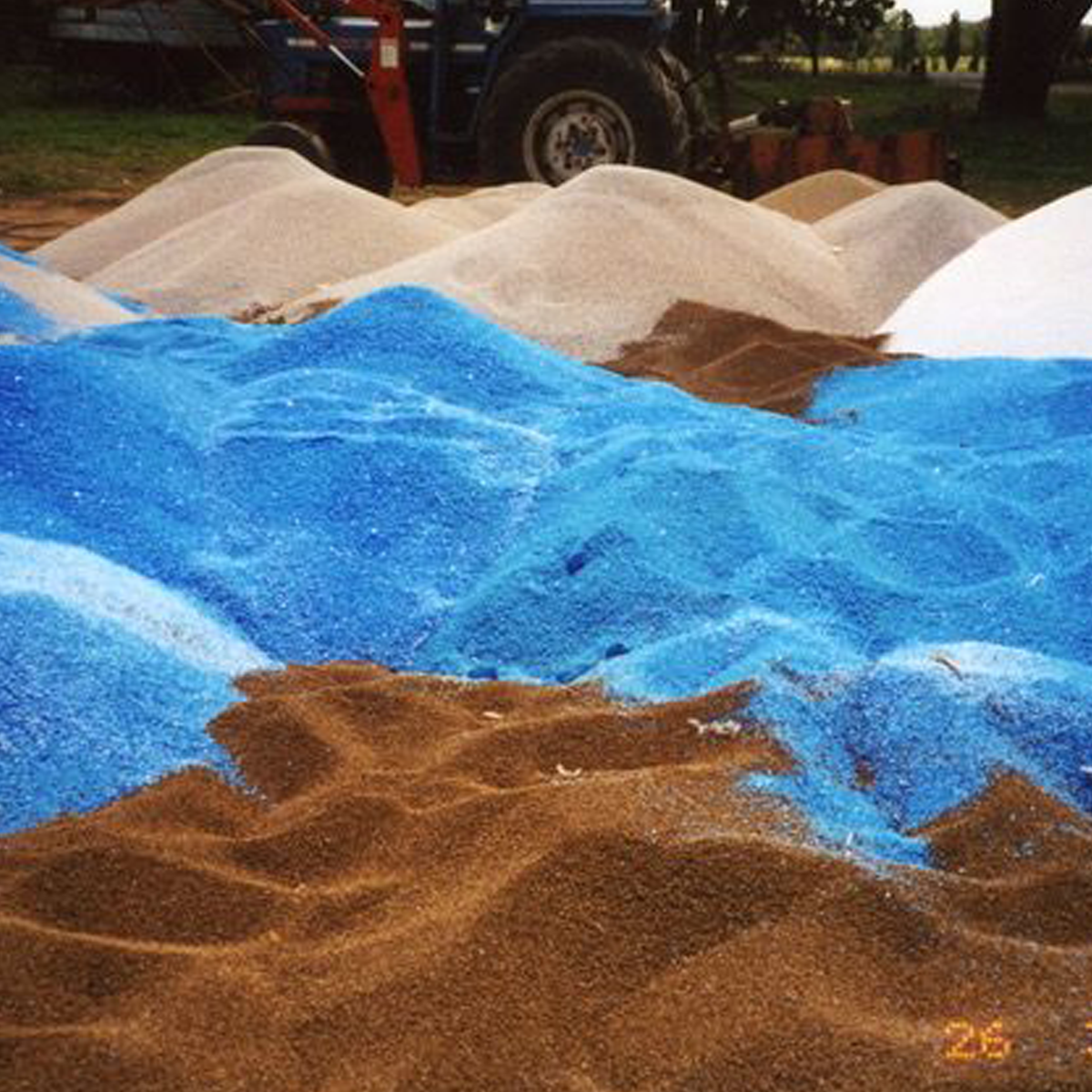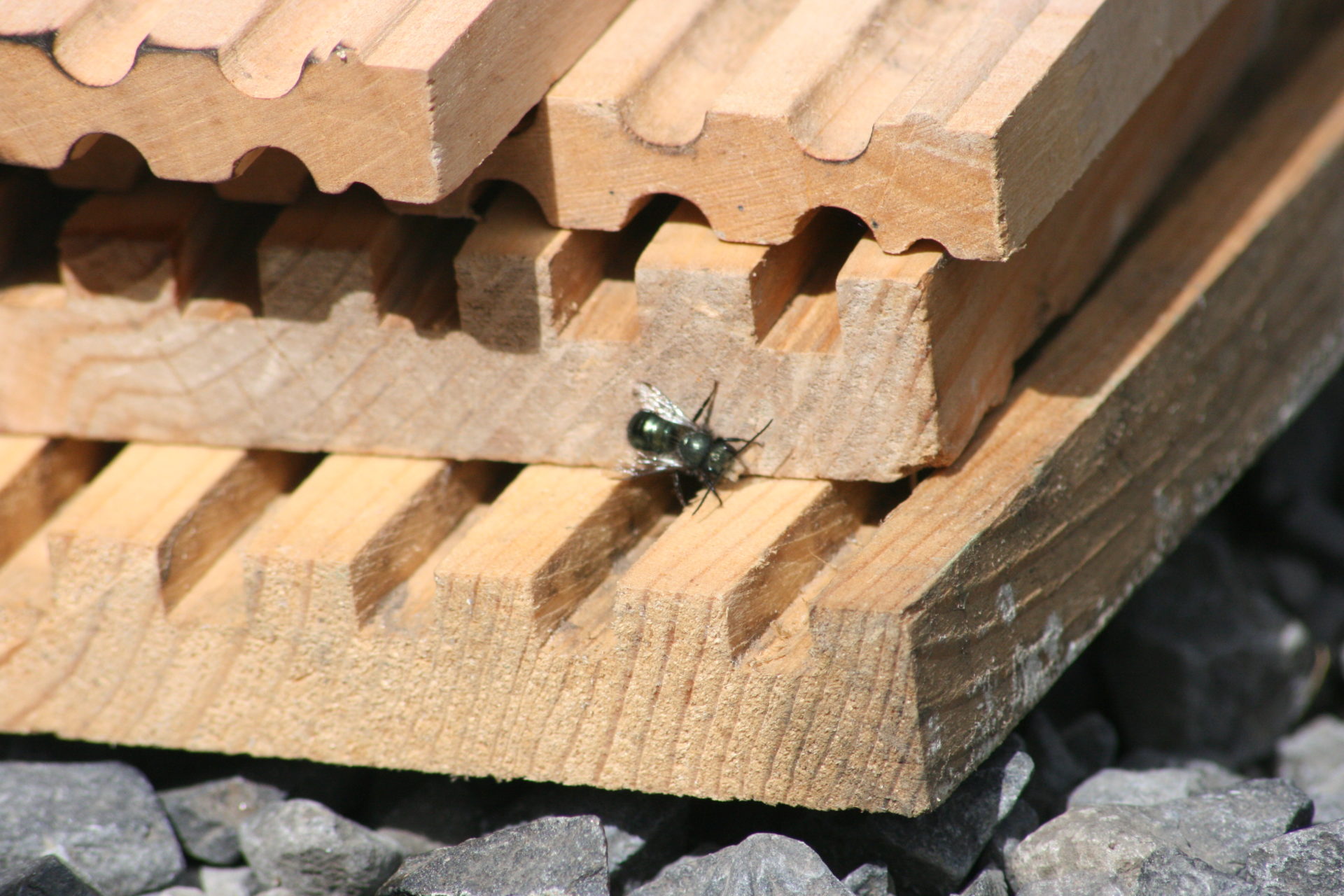
Bats are voracious predators of insects, including many that target crops. Some of their favored prey includes cucumber beetles, stinkbugs, leafhoppers, and moths, the larvae of which are serious pests, like cutworms and armyworms. During the summer growing season, bats scour the night sky for bugs, eating close to their body weight in insects nightly. Studies have shown that bats help control insect pests in cotton, corn, pecans, and macadamia nuts, making them valuable allies in the fight against pests.
Important Natural Predators
Here in the Sacramento Valley, we found that bats are important predators of key codling moth pests in walnut orchards. These insects are highly damaging as the larvae feed on developing nuts, leading to significant yield losses if left uncontrolled. Bats help control codling moth by snatching and eating adult moths in mid-air, thus preventing egg-laying and potential nut infestations. Bats actively forage in walnut orchards at night, darting around trees and catching bugs. We can’t see them, but we can hear them using bat detectors, devices that convert their high frequency echolocation calls, used for navigating and foraging, to audible sounds, allowing us to monitor their activity. We also know the species by the frequency of their call, a signature for bats.
Most bats living in California’s Central Valley are migratory, arriving in March, from overwintering grounds further south. They’re faithful to roosts, including barns, tree hollows, or crevices under bridges, as they return to where they were born every year to raise their own young pups. About the same time that bats return to the valley, codling moth begins to break dormancy with adult moths emerging from cocoons and flying at night, when bats are most active. By October, when temperatures begin to cool and insect numbers decline, codling moth pests go dormant and bats begin their migration south for the winter.
To determine the economic impact of bats on codling moth in walnuts we analyzed their guano pellets genetically for the presence of this pest through DNA testing. To collect bat guano, we trapped live bats in walnut orchards, using nets stretched across tree rows (with permits from U. S. Fish and Wildlife). We gave bats time to forage for codling moth, then opened our nets about midnight. Over three days, we trapped 36 bats, not easy, as bats ‘see’ so well in the dark via echolocating that most darted up and over the net, avoiding it. For each bat trapped, we removed them from the nets, taking great care not to injure their delicate wings, and put them in cloth sacks. When they defecated, we released them and collected their guano for genetic testing.
Our data showed that 5 percent of the bats, about 150 bats from a nearby colony of 3,000 roosting in a barn, consumed at least one codling moth per night. We calculated 30 nights per moth generation and four generations per year, with each female laying 60 viable eggs on individual nuts. Given current walnut yields and prices and the potential for each moth to infest nuts, we determined that bats can help protect about 6 percent of the walnut crop, giving a value of $10 per bat for codling moth control services to walnut growers over the growing season. Although most of our work has been in walnut orchards, we find bats foraging in other crops, including alfalfa and rice, where they’re hopscotching around fields, chasing insect flights and helping to control pests, just like swallows, but on night patrol.
To attract bats to farms one can install bat houses, similar to bird boxes, but with the opening on the bottom for bats to fly in and out. Bat houses work best on structures like barns, at least 10-feet high, and where there’s morning sun and afternoon shade (north or east facing). Houses on poles are seldom used in the Sacramento Valley because they cool down too much at night for the pups when their mothers leave at night to forage (they’re born bald). Those placed in trees almost never work because predators, like raccoons, can climb up trees and nab them as they leave the box. Most of the bats using bat boxes are Mexican free-tailed bats, Myotis bats (little brown and Yuma), and the occasional pallid bat. Mothers and their young roost together while males generally roost separately and often independently. Bats live for 12 to 15 years, so watch and expect them to return every spring for years. Bat boxes can be purchase from various companies or built following designs online at batcon.org.
Sometimes bats roost where they are not wanted. If this occurs, excluding them from the area with a one-way door is the best way to remove them. However, this should not occur between June 1 and September 1 in the Central Valley, when bats are raising young. Bats generally have one young pup a year and it takes at least 6 weeks for them to mature enough to fly. Excluding them during the breeding season means mothers cannot take care of their young. For information on excluding bats from buildings contact the UC Cooperative Extension office in Yolo County.
Injured and orphaned bats are occasionally found on the ground. Never touch a bat with bare hands as they can carry rabies and will bite in self-defense, as we learned from trapping bats; they’re mean when scared! If one is found on the ground, use gloves or a dustpan and broom to gently pick up the bat and put it in an open area away from predators such as cats or dogs. The bat will usually fly away at some point; it might just be tired and resting, from migrating thousands of miles. If a bat is obviously injured or sick, contact the California bat rescue unit (batrescue.org) and someone will come to get the bat to try to nurse it back to health to release it back in the wild.






